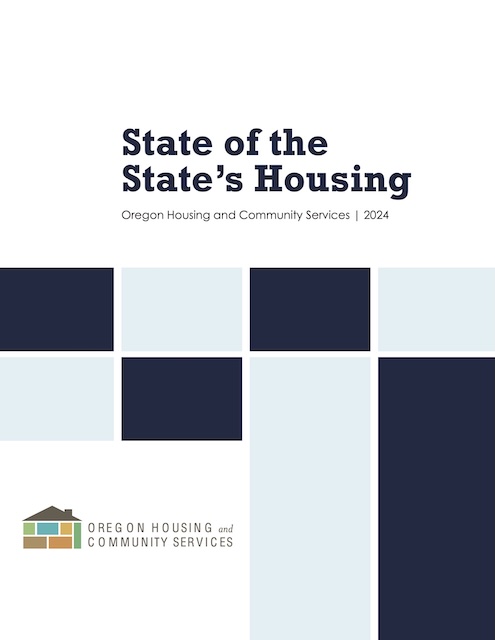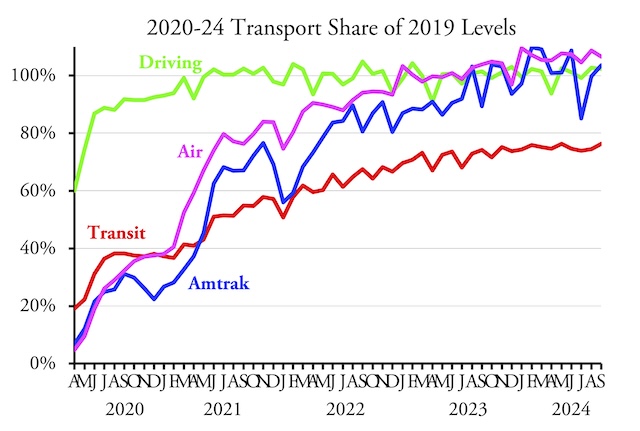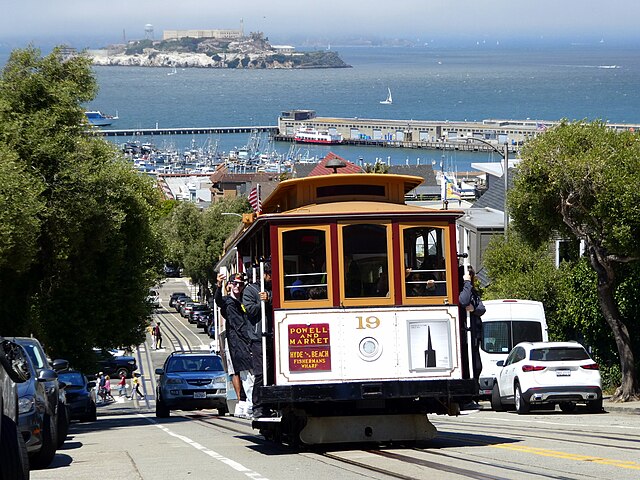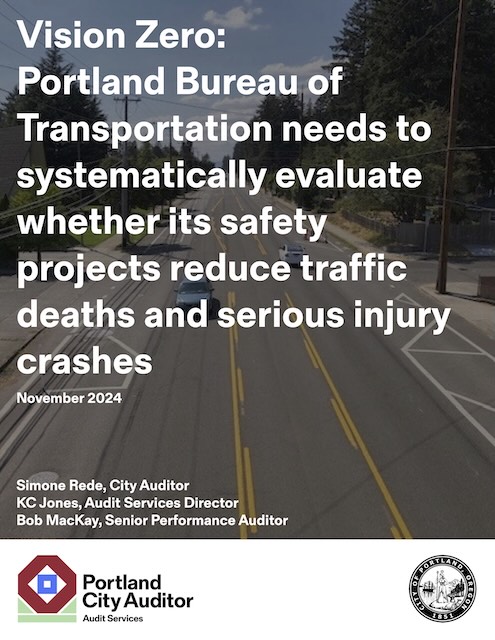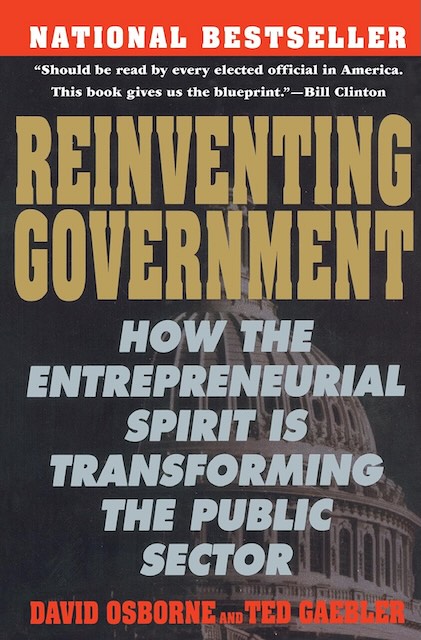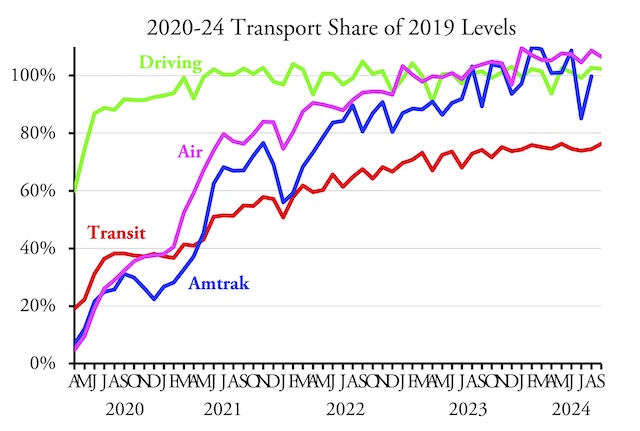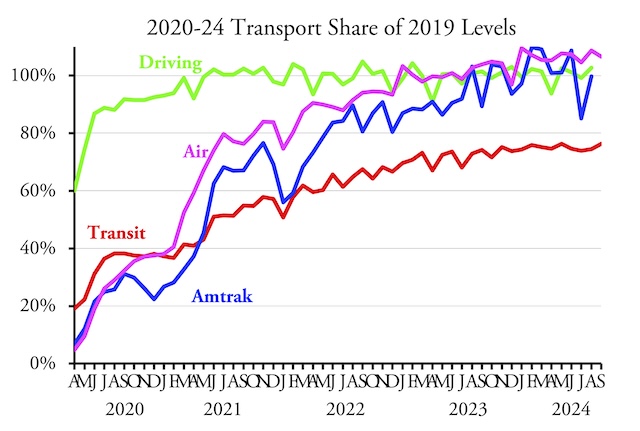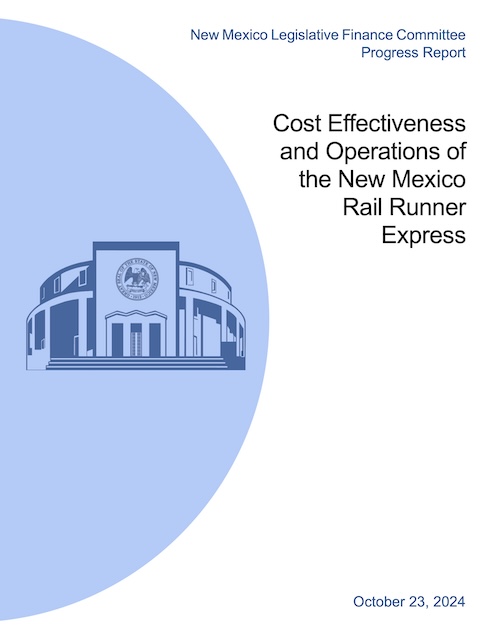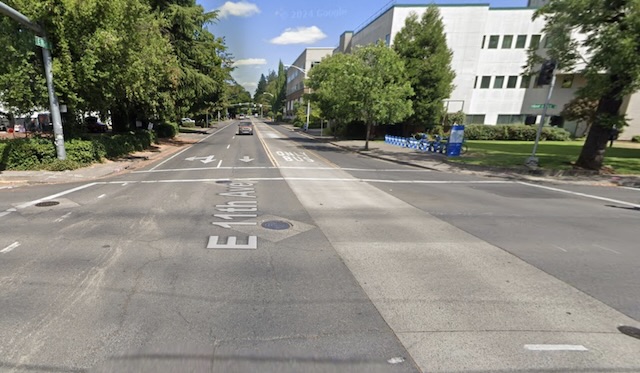Before the election, Elon Musk said he could find $2 trillion in federal spending cuts. After the election, he scaled that back to $0.5 trillion. Now that interest alone on the national debt is exceeding $1 trillion a year, a half-trillion cut isn’t going to be enough. Here are a few ways the federal government could save billions of dollars a year.
- End affordable housing programs. Research has shown that these programs, led by low-income housing tax credits, mainly benefit developers, not people who can’t afford housing. This is partly because they don’t significantly increase housing supply because, researchers have found, for every five subsidized housing units built, developers build four fewer non-subsidized units. As a result, and contrary to popular belief, these programs do nothing to improve overall housing affordability. Affordable housing programs have become particularly inefficient in recent years as spending on low-income housing has doubled even as the number of units built each year has declined. Savings: At least $11 billion a year.


